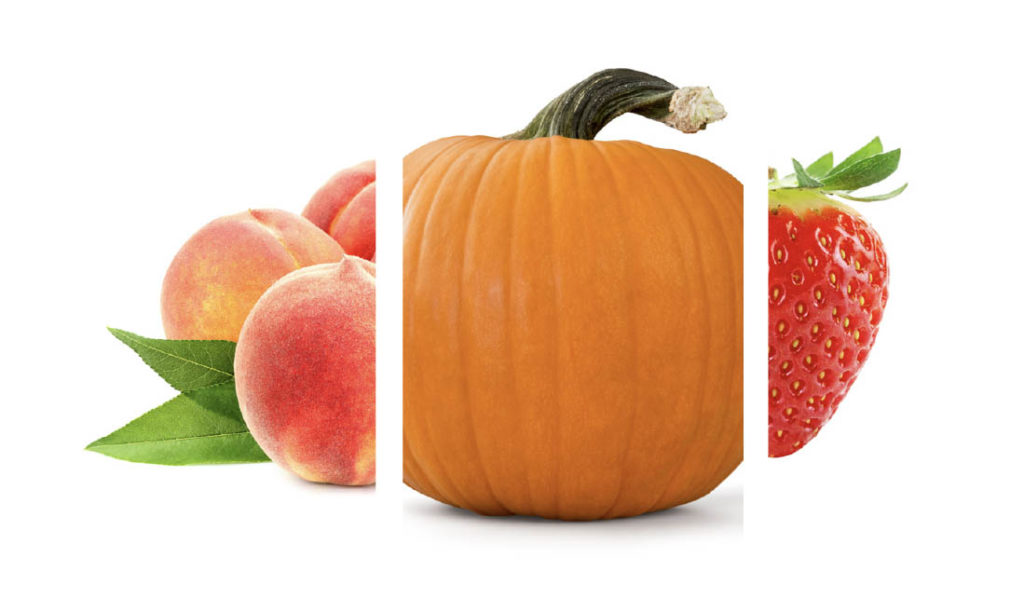By Clint Thompson
Drew Echols attributes his success to not putting all of his eggs in one basket. The fifth-generation farmer who co-owns production on more than 600 acres in northeast Georgia is not afraid to adjust his farming practices to fit the current needs of specialty crop production.
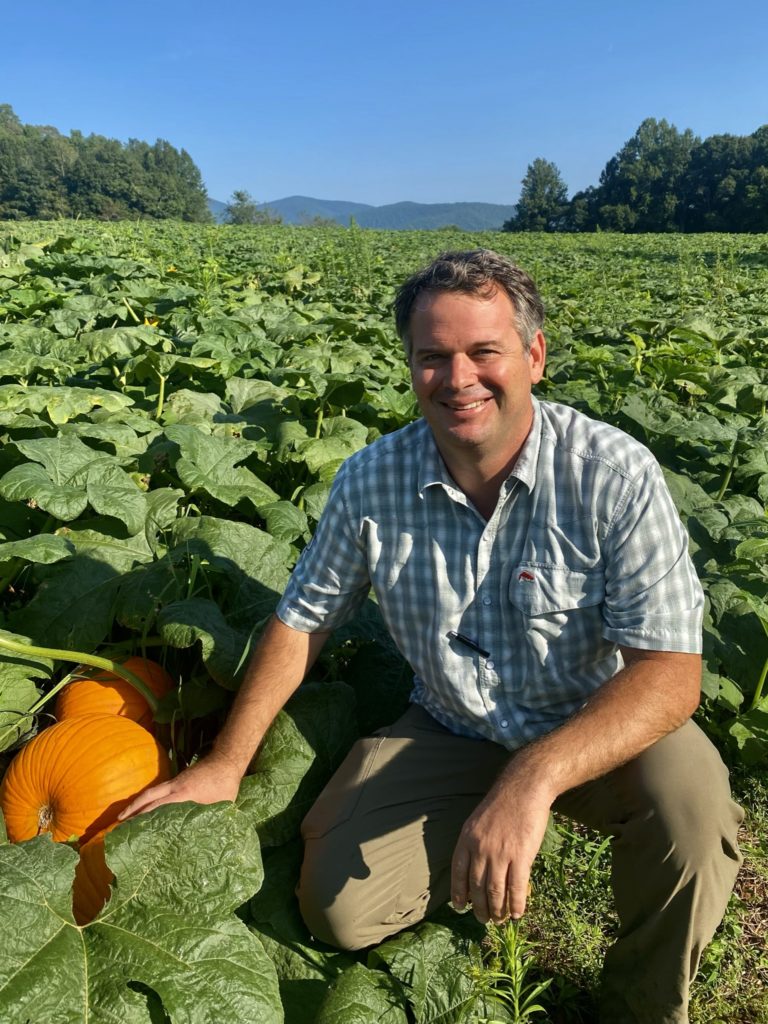
Photo courtesy of Jaemor Farms
INCREASING ACRES, CROPS AND MARKETS
“I looked at a lot of these other farms and a lot of these other growers and I thought, we’ve got an opportunity here, especially with these retail markets. We do need to diversify. We need to increase acreage,” Echols says. “In diversification, that doesn’t just mean growing different crops. That also means don’t be solely tied to retail. Increase acres on peaches so you can get into those wholesale markets.”

Echols co-owns Jaemor Farms with his father, Jarl Echols, and uncle, Judah Echols. He returned to being a full-time farmer in the early 2000s and realized quickly that practices had to improve if sustainability was going to be an option. Diversification was the key.
“When I get to go speak at events, I always tell them that I worked for Georgia Power for two and a half years, and then I came back to the farm,” says Echols. “When I came back to the farm, I took a $9,000 pay cut. I realized really quickly that I love what I’m doing, but I really need to make more money doing what I’m doing.”
At the time, Echols says he was growing primarily peaches (about 45 acres) in addition to about 10 acres of summer vegetables. “I branched out and started upping acreage. During the downturn of the economy in 2008 and 2009, we bought a couple of farms and increased our acres,” he says. “Now we own 600 acres of land and try to keep all of that in rotation. We’ve done well, and we’ve been blessed.”
Echols grows peaches, strawberries, apples, pumpkins, squash, sweet corn, tomatoes and other vegetables. He produces for retail and wholesale markets and has added an agritourism component to his farming operation. With Jaemor Farms producing various specialty crops, it has allowed Echols more flexibility with his crop production. He does not have to depend on specific crops to produce year in and year out.
For example, Echols didn’t have a peach crop in 2021 because of a late-season freeze event. But he offset the peach loss with strong strawberry and pumpkin crops. Pumpkin acres increased to 150, and the crop shipped from Miami to New York. The peach crop improved to about 60% in 2022, but the pumpkin success enabled Echols to increase acres even more.
“The two words I use are resilience and bulletproof. I want us to be resilient with freezes and wet weather, and I want us to be able to pivot to something else. But I also want to try to make us a little bit bulletproof to those kinds of things, too,” Echols says. “If peaches don’t do well, we’ll do well with strawberries. If strawberries don’t do well, we’ll do better with pumpkins.”
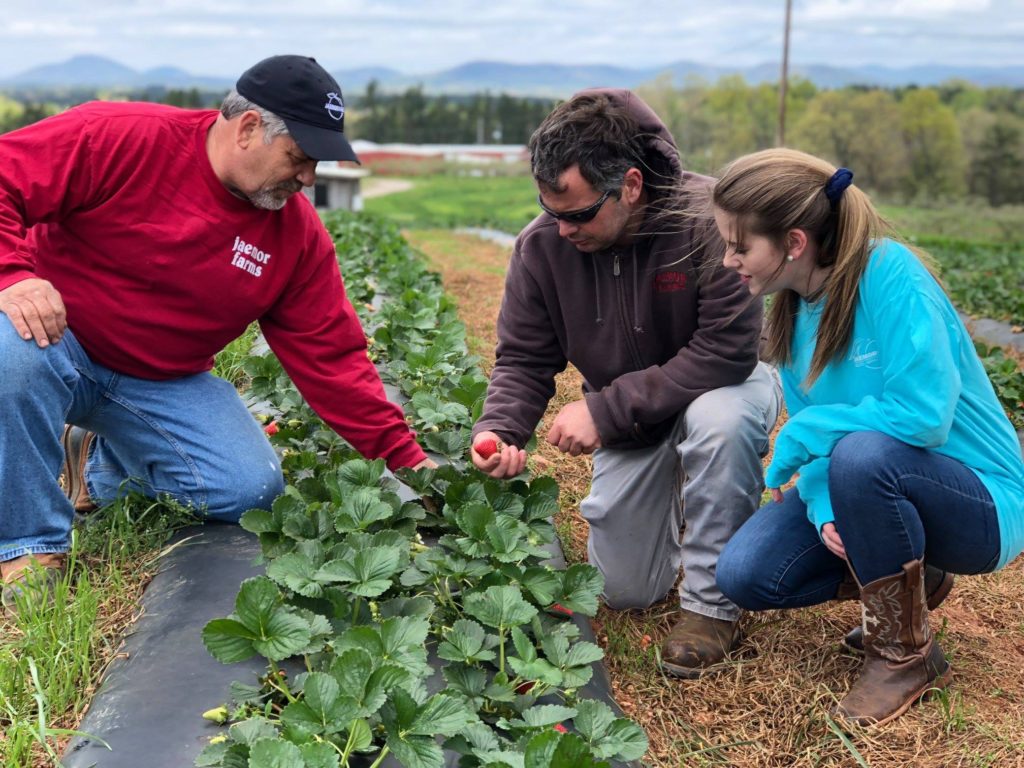
FACING CHALLENGES
Echols’ success has not made him immune to the various challenges specialty crop producers are facing today, however.
Labor remains the most challenging hurdle. Growers like Echols have limited opportunities to employ a domestic workforce. The options they have with the H-2A program are costly, especially with the adverse effect wage rate (AEWR) increasing substantially this year. It’s a reality that continues to frustrate Echols.
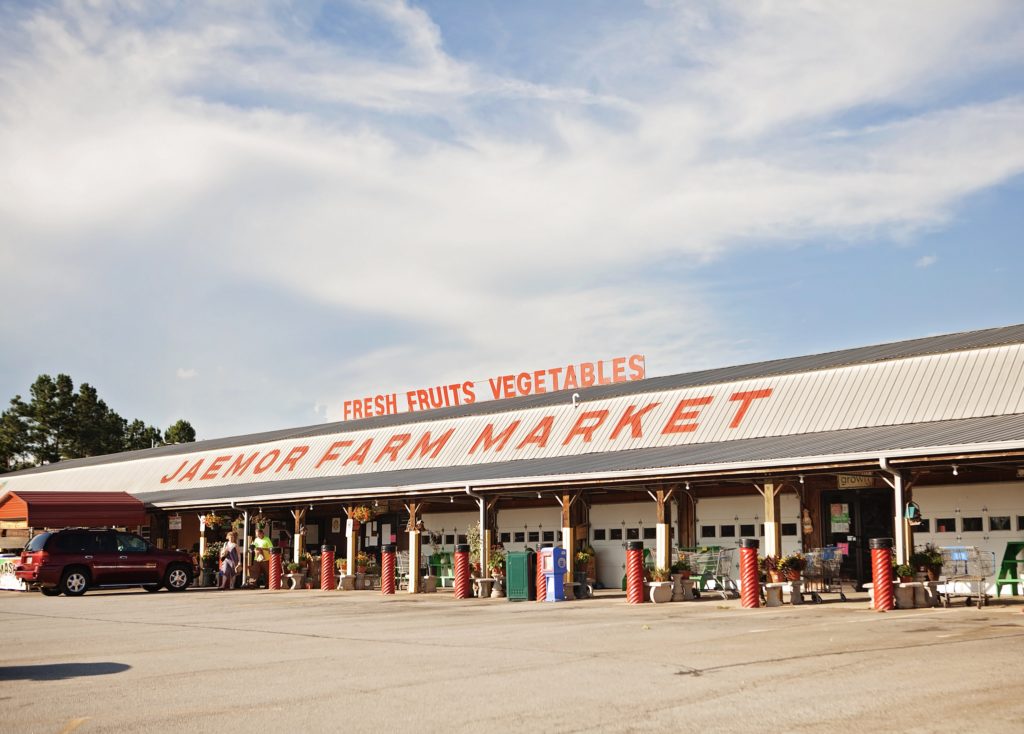
“There’s not an industry out there where somebody automatically gets 14% raises. I don’t get to negotiate that raise with them. The federal government tells me I’m going to be paying them $13.67 an hour, and I’ve got to deal with it,” Echols explains. “Assuming we don’t get higher prices, we eat that.”
Other issues like high input costs and unfair trade are at the forefront of Echols’ concerns in 2023.
“What I want to worry about as a farmer is the price that I am getting for my product and the weather. Unfortunately, we have to worry about input costs. We have to worry about labor, insurance, you name it,” Echols says. “We didn’t have that peach crop in 2021, but from 2020 to 2022 the fertilizer costs on the peach crop alone were exactly double of what they were prior.
“I don’t want to work for peanuts, and I don’t want to make my guys work for peanuts. We’re going to farm, but we’re not going to work for nothing.”
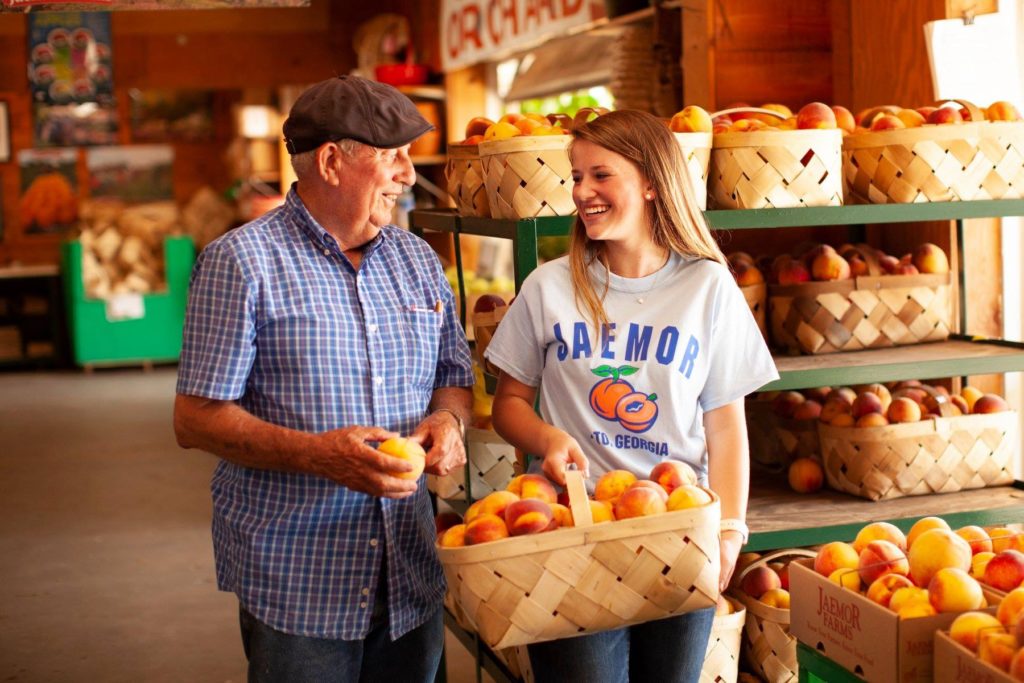
SPEAKING UP
Echols, who just concluded a stint as president of the Georgia Fruit & Vegetable Growers Association (GFVGA), has a platform that makes him an influential voice in the agricultural sector. Not long after the new AEWR was announced in late 2022, he was on the phone talking to political leaders and anybody who would listen to why it was unfair.
“I knew Drew a long, long time before I joined the Georgia Fruit & Vegetable Growers Association,” says Chris Butts, executive vice president of the GFVGA. “I think the most important thing about Drew is he speaks from the heart. It comes from a place of care and passion. He has the connections, the exposure and network to help us get our message out there. But it’s only as good as the messenger. The fact that people know Drew and trust Drew to speak from the heart makes him a great leader.”
RESPONDING TO DEMAND
While diversification has led to Echols’ success, so too has his mindset of heeding consumer demand. Even if the current market doesn’t always correlate to Echols’ wishes as a producer, he pivots and adjusts to changing customer preferences.
“I’ll be honest. I have no desire to grow 25 acres of strawberries, because that’s hard work. I don’t want to grow 200 acres of pumpkins. What I really want is 500 acres of peaches, but the math doesn’t add up. The math adds up with the 25 acres of strawberries and the 200 acres of pumpkins. You’ve got to go where the demand is at,” Echols says. “Don’t give them what you think they want; give them what they want.”
